African Flags Quiz
This is an African Flags Quiz from taste2travel.
How well do you know your African flags?
Test your knowledge with this African flags quiz from taste2travel!
How well will you score? Your result will be displayed at the bottom of the quiz – will you get to see the legendary Marco Polo?
Good luck!
Officially adopted on December 12, 1963, the flag of Kenya has three equal width horizontal bands of black, red, and green.
The traditional Masai shield and crossed white spears are centered on the flag. Ethiopia is the oldest independent country in Africa, and the three main colours of her flag were so often adopted by other African countries upon independence that they became known as the pan-African colours. The green colour on the flag of São Tomé and Príncipe alludes to the plentiful vegetation of the country, while the yellow stands for the tropical sun and cocoa, a key agricultural crop for the nation.
The red evokes the "struggle for independence", as well as equality. The two black stars on the yellow band represent the two islands that make up the country. The green colour on the Eritrean flag stands for the agriculture and livestock of the country, while the blue represents the bounty of the sea.
The red stands for the blood shed in the struggle for Eritrean independence, with the 30 leaves in the olive wreath representing the thirty years spent in the struggle. The white on the Algerian flag represents peace; the green, star, crescent represent Islam; and the red symbolises the blood of those killed fighting for independence in the Algerian War. There are 54 countries in Africa today, according to the United Nations. The Ivory Coast flag is a vertical tricolor of orange, white, and green without any emblems. The vertical tricolor pattern is derived from the flag of France, which once ruled over the nation, so it serves as a symbol of the country's past.
The orange stripe stands for the nation's land, especially the savanna that dominates the northernmost parts of the country. The white band is a symbol of peace, while the green stripe represents the forests that dominate the southern portion of the nation.
A very colourful flag, the colours of the Seychelles flag are blue (for sky and sea), yellow (for the life-giving sun), red (for the people and their work for unity and love), white (for social justice and harmony), and green (for the land and natural environment). The Republic of South Sudan is the youngest nation in Africa, after gaining independence on 9 July 2011. The green pentagram, or five-pointed star, which lies at the centre of the Moroccan flag, is known as the Seal of Solomon. This symbol has Islamic and Jewish origins, and its five points are known to represent the five pillars of Islam: faith, prayer, charity, fasting, and pilgrimage. The flag of Sierra Leone is a tri-colour flag featuring equal horizontal bands of green, white, and blue.
Green represents agriculture and the mountains, while white represents unity and justice and the blue represents the sea which forms the southern border of the country. The blue stripe on Rwanda's flag represents happiness and peace. The yellow symbolises the country's mineral wealth and economic development and the green represents the country's natural resources and prosperity. The sun stands for unity, transparency and enlightenment from ignorance. The design of the flag of Botswana includes a central black stripe, with a white border, which represents racial cooperation and equality. The light blue background of the flag is associated with the sky and with water, a scarce and precious commodity in this desert country. The flag of Lesotho features a horizontal blue, white, and green tri-colour with a black 'mokorotlo' (a Basotho hat) in the centre. The 10 stars on the flag of Cape Verde represent the main islands of this archipelago nation. The blue represents the ocean and the sky. The band of white and red represents the road toward the construction of the nation, and its colours stand for peace (white) and effort (red).
The circle of yellow stars on a dark blue field is similar to the flag of Europe - which has 12 stars instead of 10! Dazzling in its design, the flag of Swaziland is based on a military flag given by King Sobhuza II to the Swazi Pioneer Corps in 1941. It features five horizontal stripes - two blue stripes at the top and bottom, while the centre stripe is red. Two thin yellow stripes border the red stripe.
On the red stripe is an ox hide combat shield from the traditional Swazi Emasotsha Regiment, laid horizontally. The black and white colour of the shield represents racial harmony. The flag of Mozambique features a tri-colour with white fimbriations and a red triangle. The teal stripe represents the riches of the land, while the white fimbriations signify peace, black represents the African continent, yellow symbolises the country's minerals, and red represents the struggle for independence.
Set inside the red triangle is the image of a Kalashnikov rifle with a bayonet attached to the barrel. The flag of Mozambique is the only national flag to feature a modern weapon.
Also included is a hoe, superimposed on an open book, which in turn is superimposed on a yellow star.
The rifle stands for defense and vigilance, the open book symbolises the importance of education, the hoe represents the country's agriculture, and the star symbolises the spirit of the Mozambican people. The flag of Gabon is a horizontal tri-colour, featuring a green stripe, which represents the lush, tropical vegetation of Gabon, a yellow stripe, which represents the equator and the sun, and a blue stripe, which symbolises the Atlantic Ocean. The white triangle on the flag of Djibouti stands for peace., while the blue stripe represents the sea and sky and the green stripe symbolises earth. The red star stands for unity. The green colour on the flag of Burundi symbolises hope, while the white symbolises peace, and the red represents those who fell in the struggle for independence.
The three stars represent the three ethnic groups that make up the majority of Burundi's population - the Tutsi, Hutu, and Twa. Share your Results:01. This is the flag of which African nation?
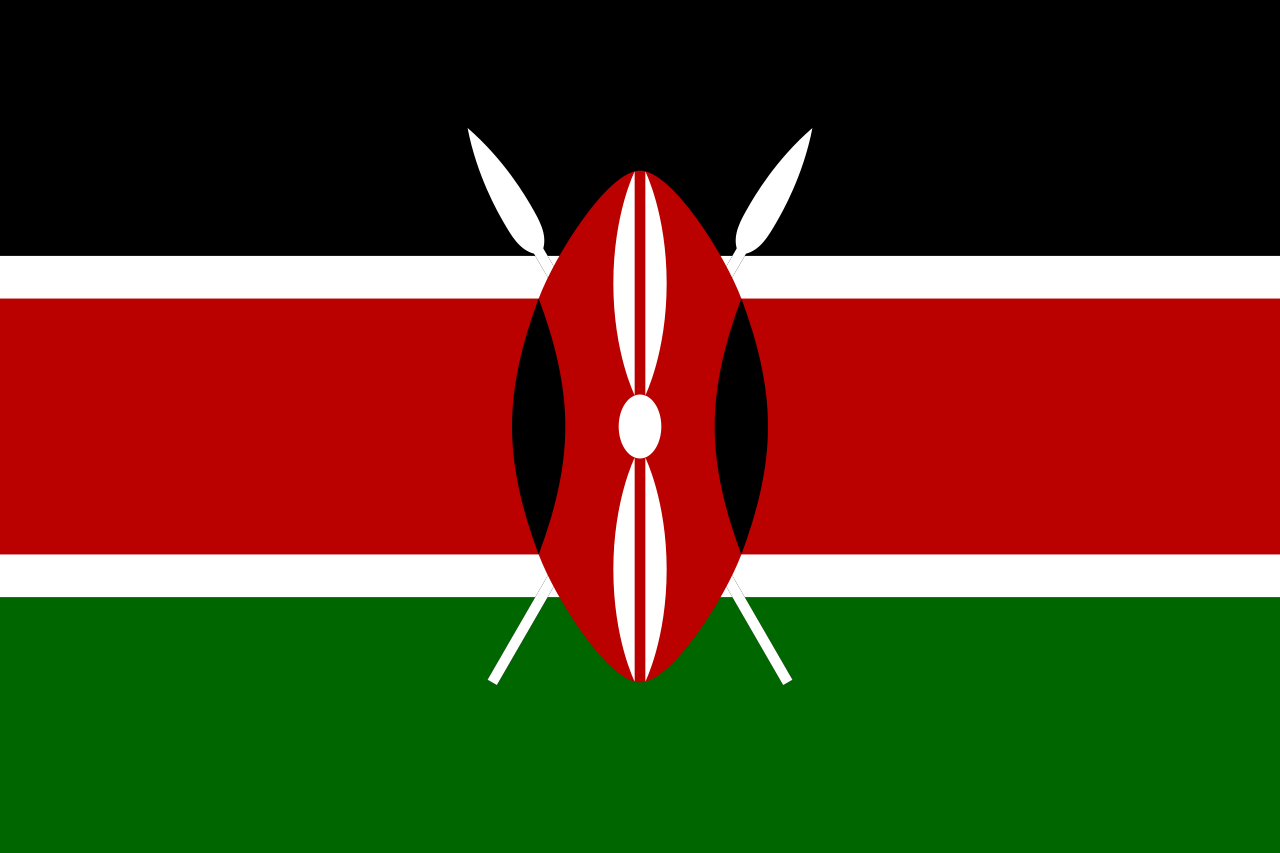
02. This is the flag of the oldest independent country in Africa, which is?

03. This is the flag of which African nation?

04. This is the flag of which African nation?

05. This is the flag of which African nation?

06. Africa is home to how many countries, and hence, how many national flags?
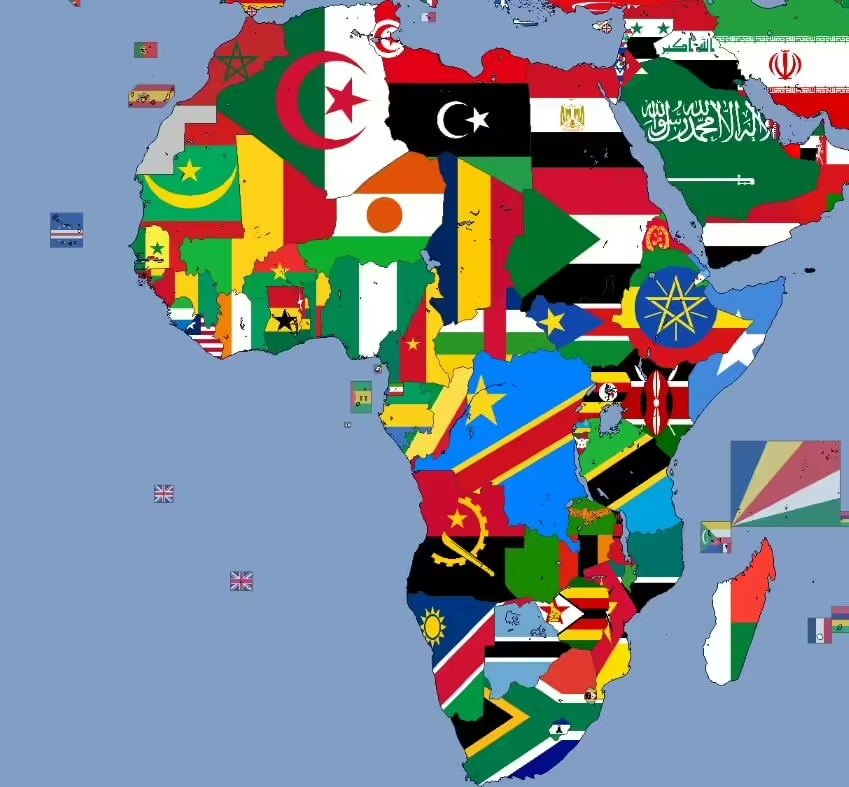 Source: Wikipedia
Source: Wikipedia
07. This is the flag of which African nation?

08. This is the flag of which African nation?

09. This is the flag of Africa's newest independent nation, which is?

10. This is the flag of which African nation?

11. This is the flag of which African nation?

12. This is the flag of which African nation?

13. This is the flag of which African nation?

14. This is the flag of which African nation?

15. This is the flag of which African nation?
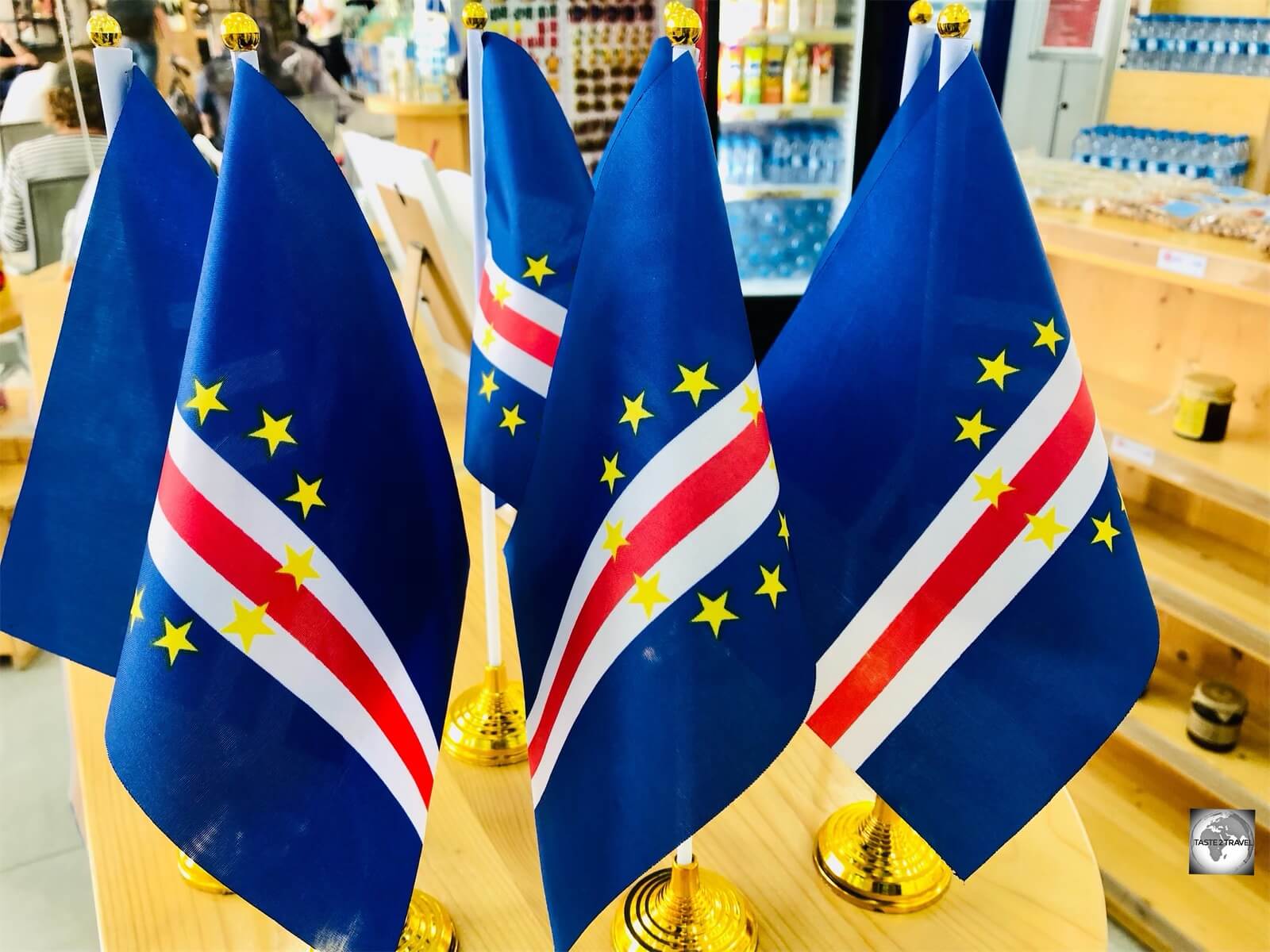
16. This is the flag of which African nation?

17. This is the flag of which African nation?

18. This is the flag of which African nation?

19. This is the flag of which African nation?

20. This is the flag of which African nation?


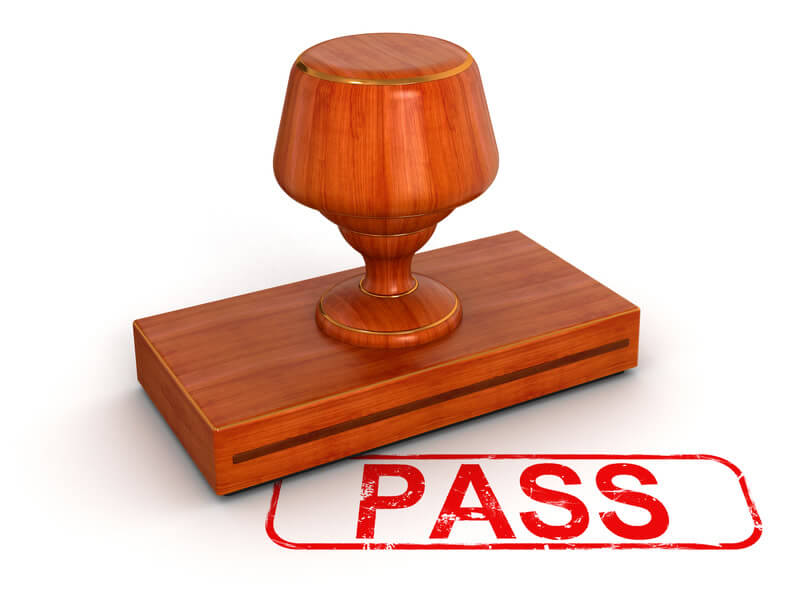
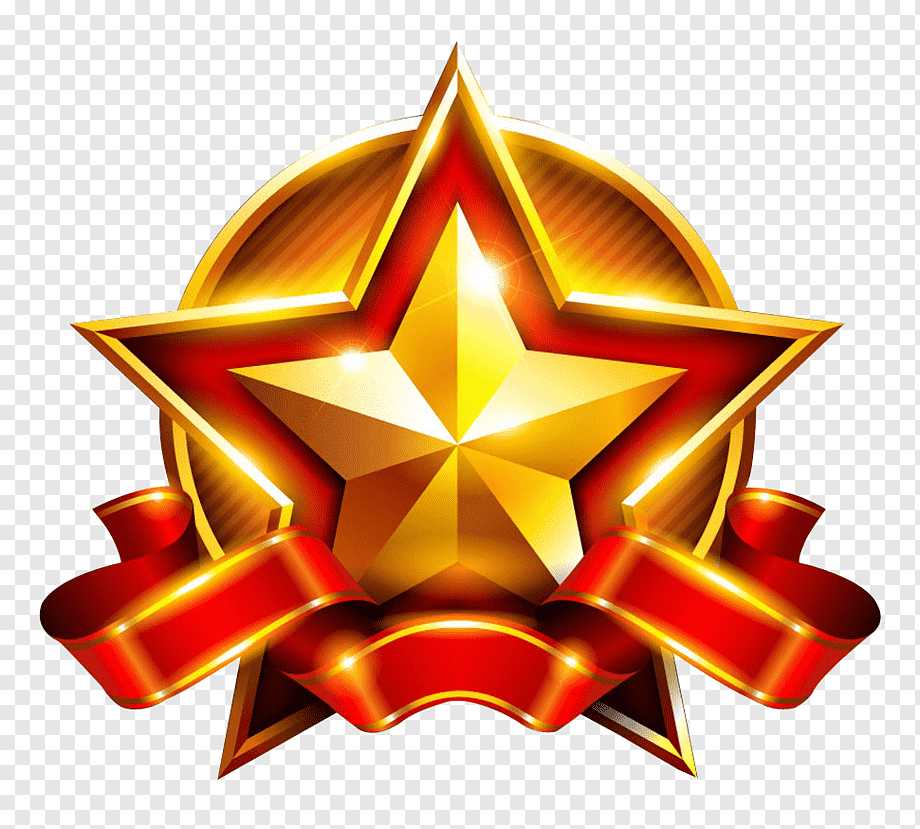

Travel Quizzes on taste2travel
Welcome to taste2travel!
My name is Darren McLean, I’m the owner of taste2travel and I love travel trivia and I certainly enjoy creating travel quizzes.
There are a total of 80 different travel quizzes on taste2travel, with each quiz containing 20 questions.
That’s a total of 1,600 trivia questions waiting to challenge you.
You’ll find a range of quizzes covering such topics as:
- Currencies
- Flags
- Capital Cities
- UNESCO World Heritage Sites
- World Museums
- Map Quizzes
- Continent-specific Quizzes
- World Islands
- Landlocked Countries and much more!
Don’t forget to share these quizzes with your family, friends and community using the social media buttons at the top of the quiz.
Apart from excellent travel quizzes, you’ll also find other outstanding content on taste2travel – such as travel guides, photo galleries and feature articles which provide tips on booking cheap flights and much more.
Other Quizzes
Why not further test your knowledge with another taste2travel quiz?
Other travel-related quizzes are also available on BuzzFeed.
Content Links
Click on the links to access the following:
- taste2travel Home Page
- taste2travel Travel Guides
- taste2travel Travel Quizzes
- taste2travel Photo Galleries
Author: Darren McLean
Darren McLean is an Australian, full-time, digital nomad who has spent 37 years on a slow meander around the globe, visiting all seven continents, 192/ 193 UN countries and 245/ 251 UN+ countries and territories.
He founded taste2travel to pique one’s curiosity and inspire wanderlust.






Dear sir,
Thank you for making this wonderful website. Truly immersed in cultures and mesmerized by the way of thinking of different countries. I am from India and we truly embrace all the cultures of other countries. This website is giving me a proper world tour experience. Please do continue your great work sir❣️❣️
Thank you for your kind words. 👍